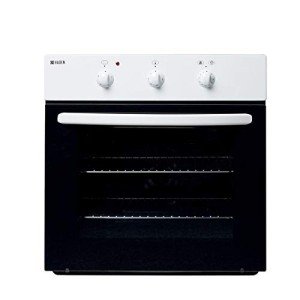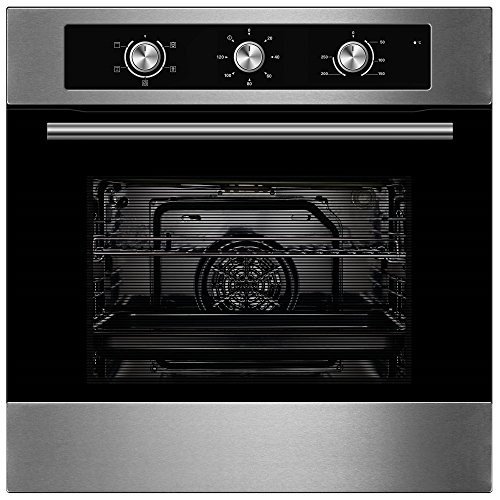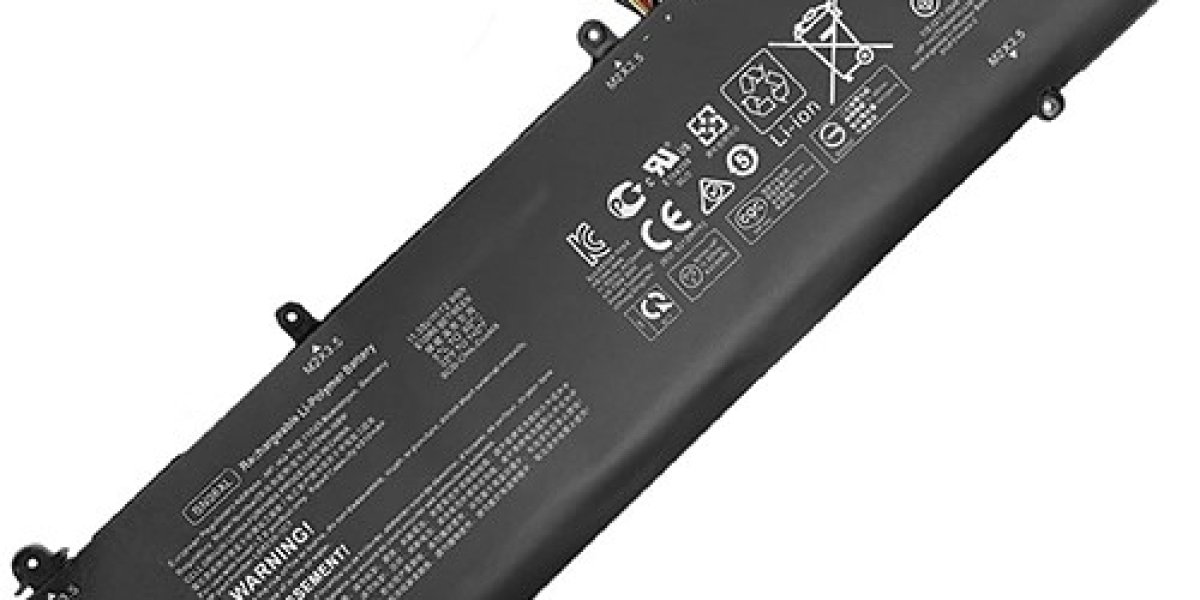As the heart of modern kitchens, ovens play a crucial role in meal preparation. Particularly, integrated electric ovens have gained popularity for their sleek design and effortless functionality. This article explores what integrated electric ovens are, their advantages, essential features, and factors to consider when purchasing one.
What is an Integrated Electric Oven?
An integrated electric oven is designed to fit seamlessly into kitchen cabinetry, providing a clean and streamlined appearance. Unlike freestanding ovens, which often have a visible exterior and require more floor space, integrated models are Built in cooker and hob into the kitchen’s structure, making them unobtrusive and aesthetically pleasing.
Key Characteristics of Integrated Electric Ovens
- Space Efficiency: Designed to maximize use of space while maintaining a sleek appearance.
- Customization Options: Available in various designs and finishes to match kitchen décor.
- Versatility: Features multiple cooking functions, including baking, grilling, and roasting.
Advantages of Integrated Electric Ovens
Integrated electric ovens provide several benefits that make them a preferred choice among homeowners:
| Advantage | Description |
|---|---|
| Aesthetic Appeal | Blends into cabinetry for a modern look, enhancing overall kitchen design. |
| Space-Saving Design | Built-in style conserves counter space and offers a clean, streamlined kitchen appearance. |
| Advanced Features | Many models come equipped with modern features like self-cleaning, convection cooking, and digital controls. |
| Energy Efficiency | Electric ovens generally use less energy compared to gas ovens, resulting in lower utility bills. |
| Consistent Cooking Results | Electric ovens provide even heating, which is crucial for perfect baking and roasting. |
Essential Features to Look For
When choosing an integrated electric oven, several key features should be considered to ensure it meets your cooking needs:
Size and Capacity: Ensure the oven fits the space available in your kitchen and has enough capacity for your cooking needs. Common sizes are:
- 24 inches
- 27 inches
- 30 inches
Cooking Modes: Look for ovens with multiple cooking modes, including:
- Conventional Bake
- Convection Bake
- Broil
- Roast
Self-Cleaning Function: This feature can save time and effort in maintaining the oven's cleanliness.
Controls and Display: Consider models with intuitive controls and clear displays for ease of use.
Safety Features: Look for features like auto shut-off and cool-touch doors for added safety, especially in homes with children.
Energy Ratings: Opt for ovens with high energy efficiency ratings to save on electricity bills.
How to Choose the Right Integrated Electric Oven
Choosing an integrated electric oven can be overwhelming, but following these steps can simplify the process:

- Assess Your Needs: Consider your cooking habits and the types of meals you prepare frequently.
- Evaluate Kitchen Space: Measure the available space to ensure the oven fits seamlessly into your cabinetry.
- Set a Budget: Determine how much you are willing to spend; integrated electric ovens can vary widely in price.
- Read Reviews: Look for models with positive customer reviews and expert ratings for reliability and performance.
Installation Considerations
Before purchasing an integrated electric oven, ensure that your kitchen is equipped for installation. Key installation aspects include:
- Electrical Requirements: Verify that your home meets the electrical requirements for the oven, including the appropriate voltage and circuit size.
- Ventilation: Ensure adequate ventilation, especially if the oven is built in beneath cooktops or other ventilation-restricted areas.
- Professional Help: Consider hiring a professional for installation to ensure it meets all safety standards and integrates seamlessly into your kitchen.
Frequently Asked Questions (FAQs)
1. What is the lifespan of an integrated electric oven?
The average lifespan of an integrated electric oven is typically 10-15 years, depending on the usage and maintenance.
2. Can I install an integrated electric oven myself?
While it is possible, hiring a professional is recommended to ensure proper installation and adherence to safety standards.

3. Are integrated electric ovens versatile enough for different cooking styles?
Yes! Most integrated electric ovens come with multiple cooking modes and features that cater to various cooking styles.
4. How can I maintain my integrated electric oven?
Regular cleaning and maintenance, such as wiping the interior and using self-clean features, will prolong the oven's lifespan. Make sure to also check the seals for wear and tear.
5. Are integrated electric ovens energy efficient?
Generally, electric ovens consume less energy than gas ovens, resulting in eco-friendlier cooking and lower electricity bills.
Integrated electric ovens have revolutionized kitchens, providing an efficient, chic cooking solution. Their aesthetic appeal, combined with advanced functionalities and energy efficiency, makes them an excellent choice for many homeowners. By understanding their features, evaluating personal cooking needs, and considering installation requirements, you can make an informed decision and find the integrated electric oven that best fits your culinary lifestyle.
By investing in one of these ovens, not only do you enhance the overall design of your kitchen, but you also enjoy the advantages of efficient and effective cooking.




